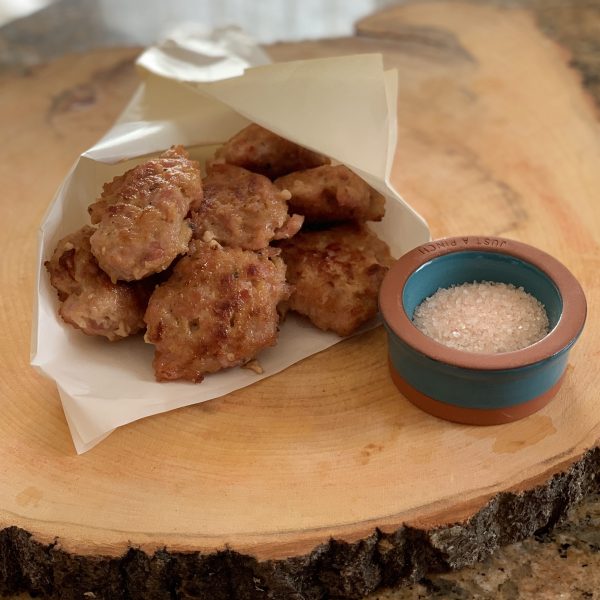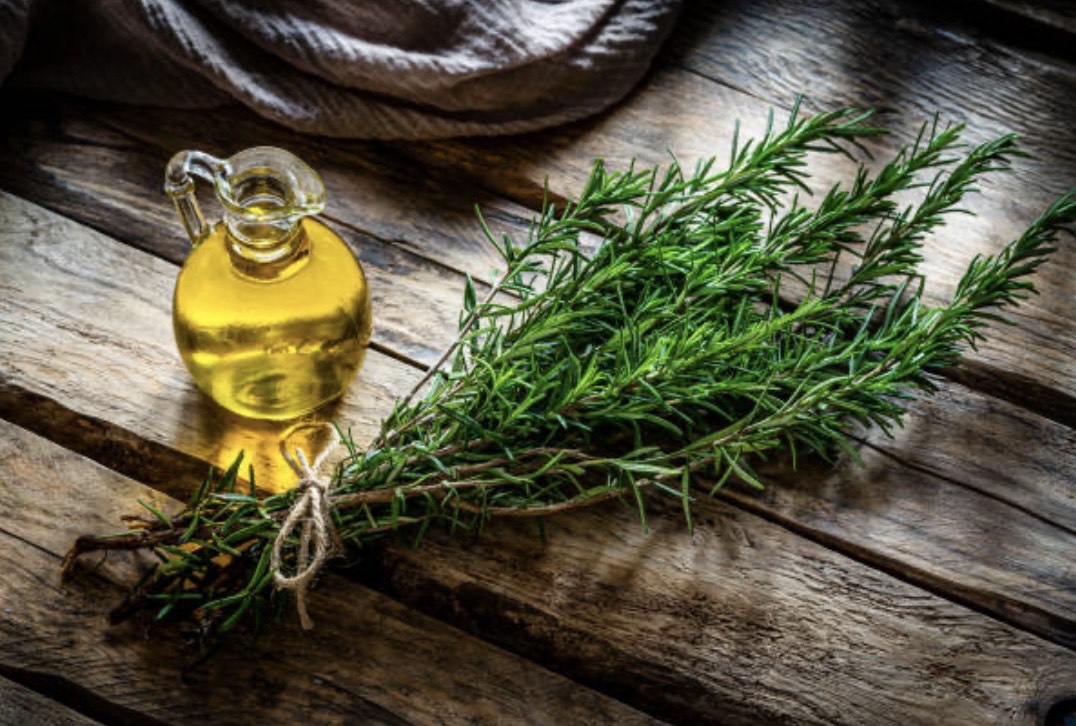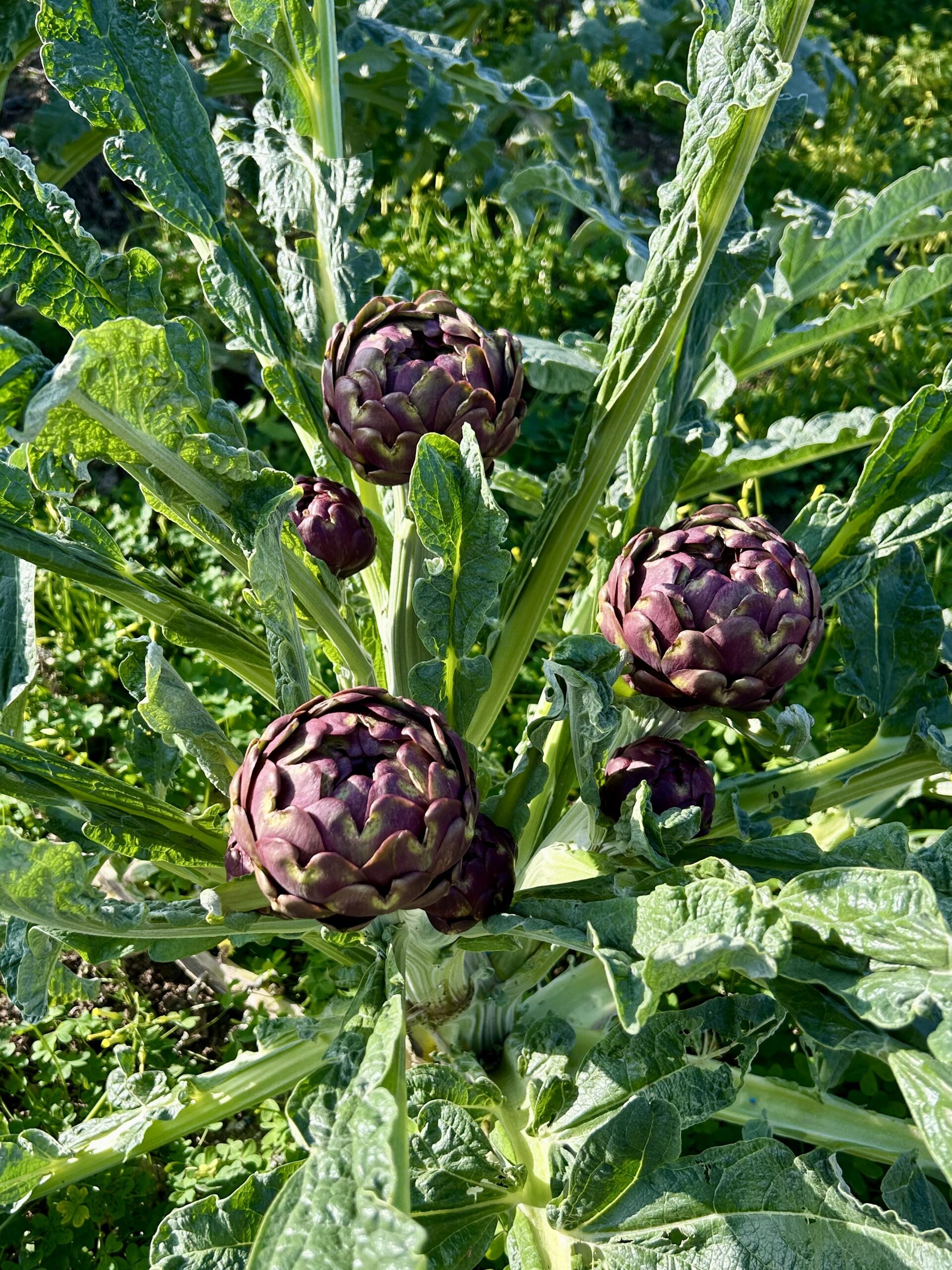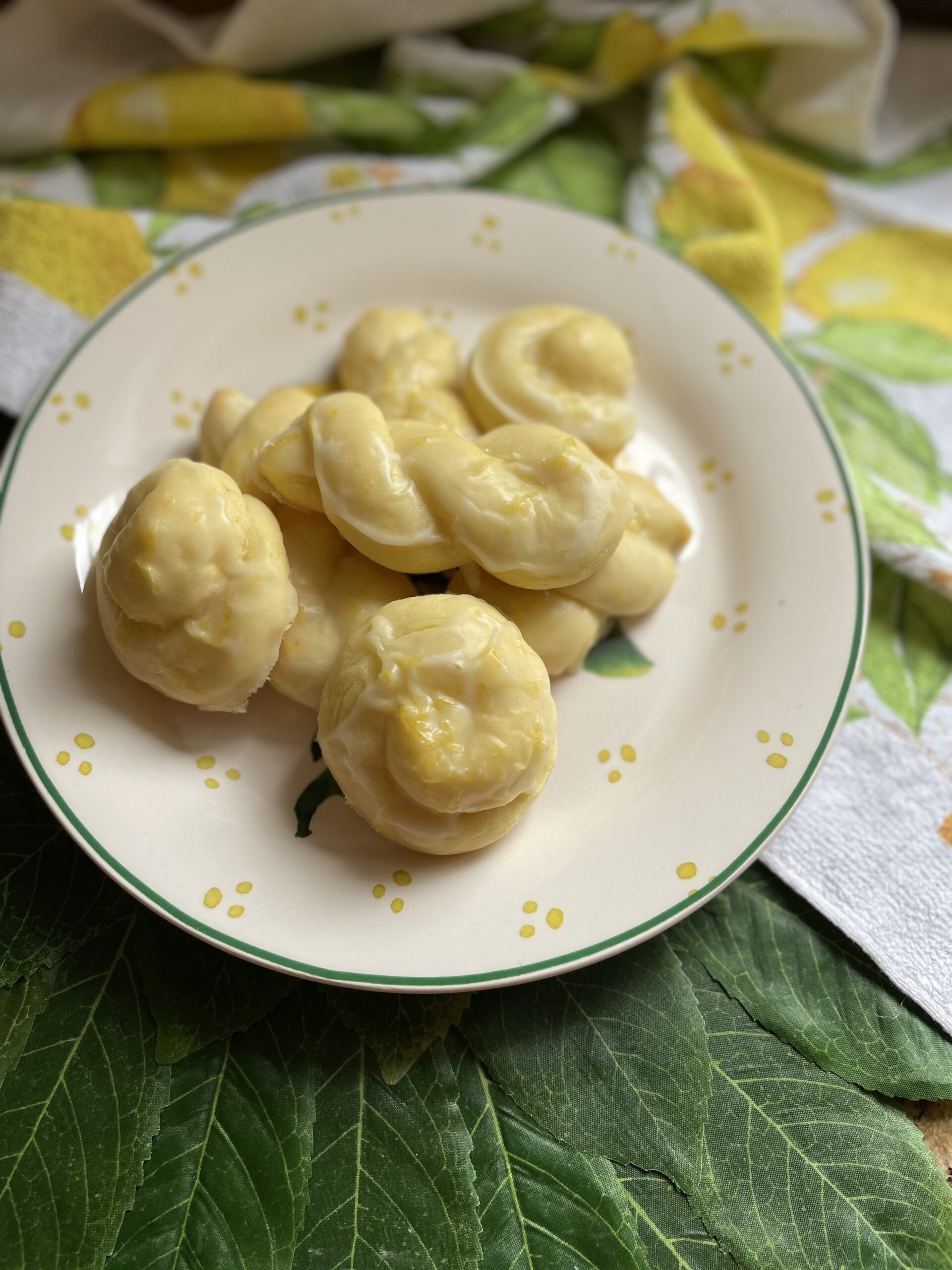I have mentioned on many an occasion that my introduction came at an early age from my father. As I child I would climb up onto a kitchen chair to stand next to him at the counter and get my hands into whatever he was preparing. The ritual of working alongside my father is not only a long-standing one, but an incredibly special one. What I came to realize as I grew older was that our time in the kitchen meant not only preparing a meal but also learning and bonding.
And even though I am now an adult with my own children under my wing in the kitchen, I continue to be educated by my father at our shared counterspace. This was the case with our recent preparation of braciole (or vrasciole). The first thing I must point out is that these are not the involtini (meat rolls) that are stuffed and simmered in sauce; what we know to be braciole are fried meatballs of an elongated shape. They are a classic in Calabrese cuisine. Many recipes call for beef or veal but as my father pointed out, it was tradition during salumi season to reserve some of the minced pork to fry up these tasty meat fritters.
Braciole are typically served as an appetizer and generally hot out of the frying pan. They are an iconic starter at most Sunday meals, their presence in fact almost taken for granted; they do, however, have an incredible history. Their name derives from the term brace (embers) over which they were cooked in a large fry pan.
While they are often described as fried meatballs, braciole are not polpette (meatballs); they are two different dishes. Braciole are made from a lean cut of meat while polpette are generally made from a mixture of different cuts (veal, beef and pork are a classic meatball mixture). In addition, meatballs are cooked by placing them directly in a pot of sauce while braciole are fried.
Braciole may be characteristically Calabrese but a closer look at their origins reveals that this type of fried meatball is one of the recipes in the world. The oldest recipe dates back to the Qin Dynasty in 200 BC. While it is difficult to determine if meatballs, like spaghetti came to Italy from the Far East, their diffusion in the peninsula seems to be related to Turkey. The Turkish kofta recipe (kofta which derives from the Persian meaning to pound or grind, reflecting the ground meat used to make them) was adopted by the Romans and spread throughout the empire.
This centuries old fare is among my family favourites. It has nourished me both physically and emotionally and I encourage you try bonding over these braciole in your kitchen as well. Buon Appetito!
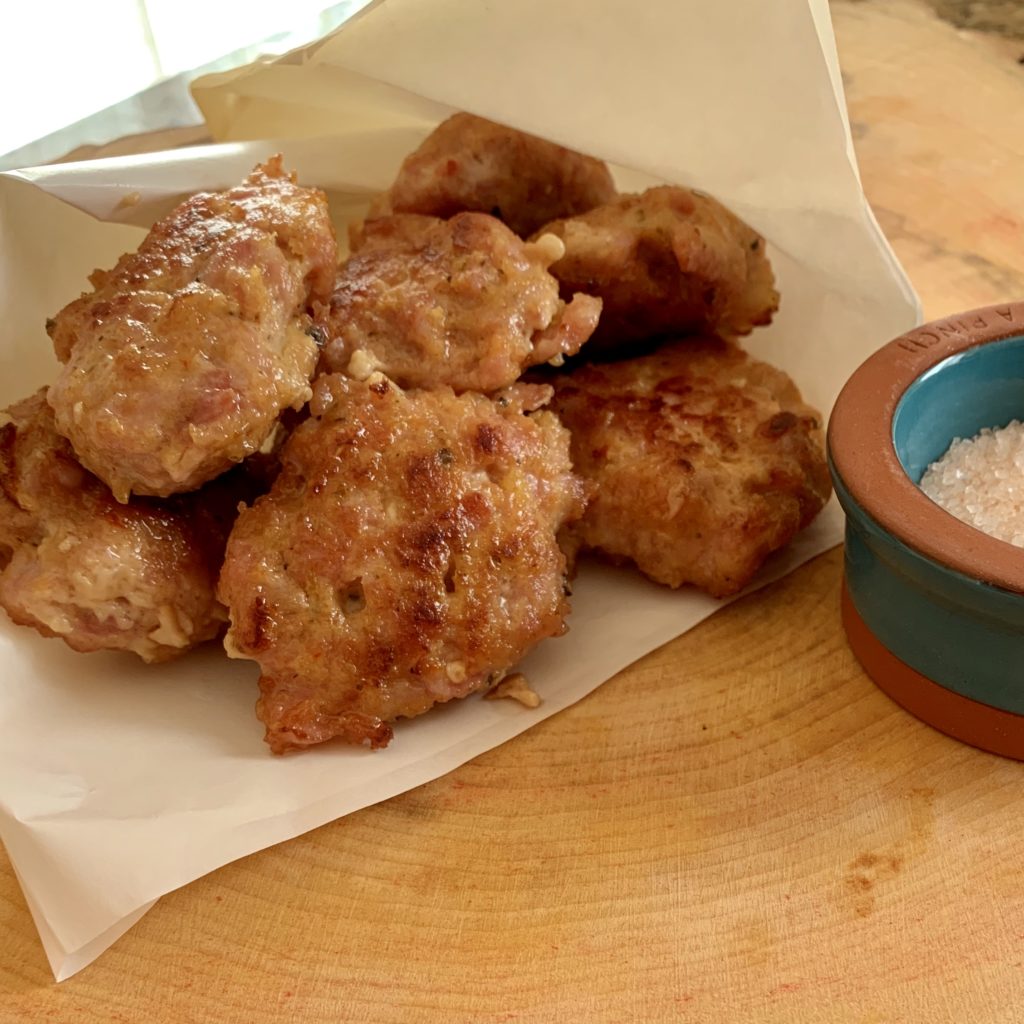
Ingredients:
- 400 grams of ground veal
- 90 grams of grated Parmigiano or Grana Padano
- 2 eggs
- 2 slices of stale bread soaked in water
- 40 grams of breadcrumbs
- Chopped parsley
- Salt and pepper to taste
- Olive oil for frying
Directions:
Place all the ingredients in a large bowl and mix until well combined.
Shape into elongated meatballs
Fill a medium frying pan with approximately one inch of olive oil and place over medium high heat.
Proceed to fry the braciole until golden brown on each side.
Remove from pan and drain on paper towel.
Enjoy while hot.

